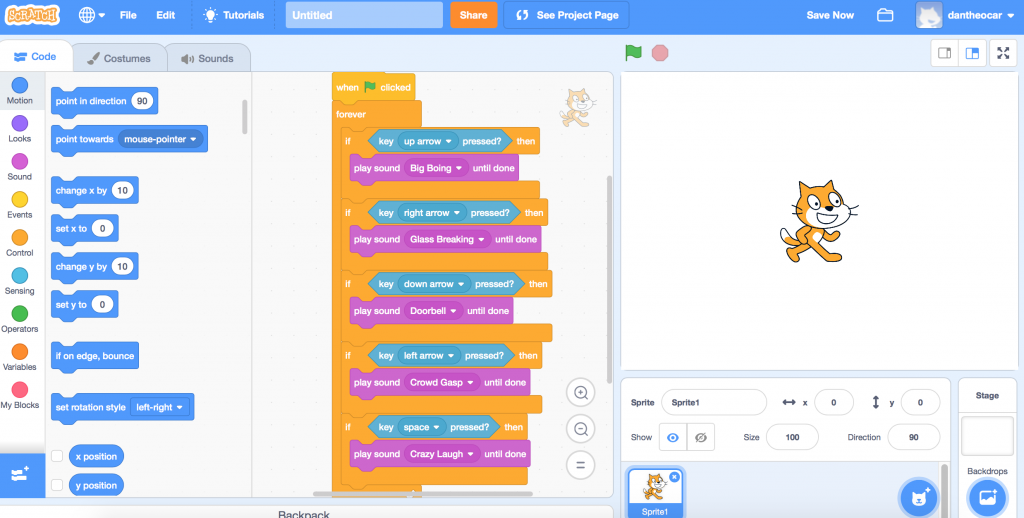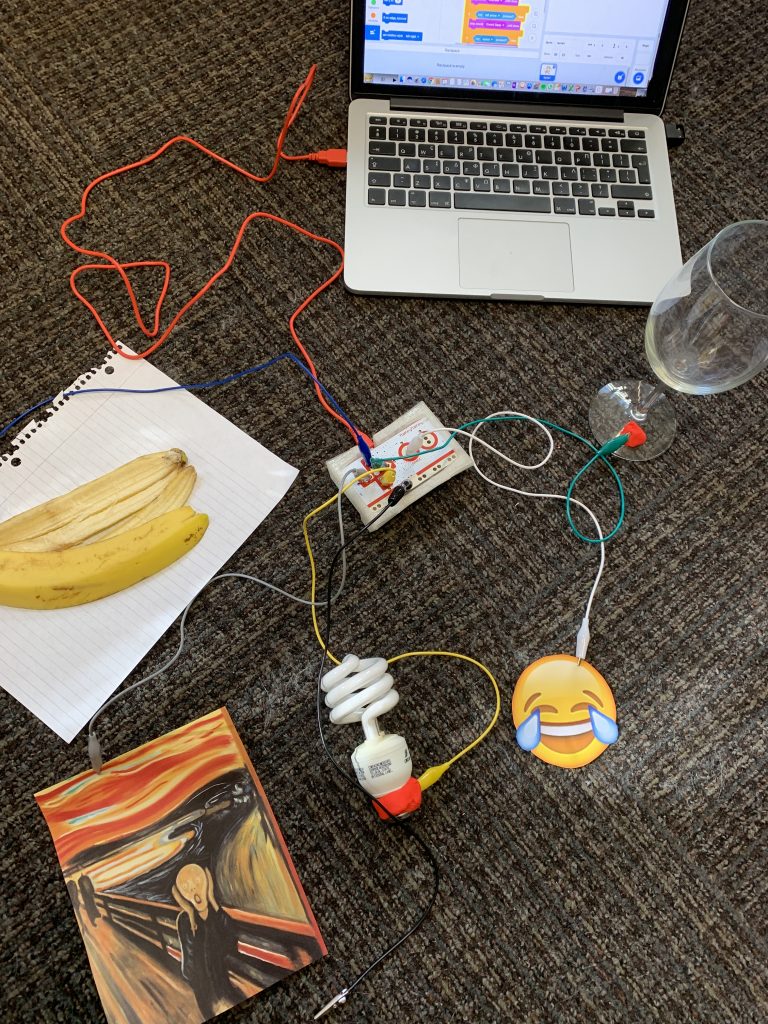Posted on January 31, 2019
Hack #1 – “Outch”, “Boom”, “Crash “
Make Your Life a TV Show.
What if our life was like a cartoon? Like a Tom and Jerry but with humans. Growing up, I remember what made most kids laugh during cartoon time was when one of the characters did something very amusing and comical, or got into fights or in trouble, falling and hurting himself or herself, etc. All of these actions, were and are always accompanied by some type of sound effects, whether it’s a yell, a “boom” or an “ouch”. In live television, audiences are usually “monitored” or told what to do and when to do it with the help of stage managers who hold up signs that read “laugh”, “clap”, etc. If you think about it, we have also incorporated a few of those “sound effects” in our lives. For example, when we hurt ourselves we usually mutter an “ouch” sound or a “grunt” sound instead of just yelling or making any other noise. Even toddlers and young children learn with noises and sound effects; children’s books that incorporate images, sounds and touchable material or games (small laptops, interactive toddle tables, etc.) that with the help of buttons and symbols emit noises, in order for the child to interact with the game and make real-life connections. One can even argue that we have associated so many things with sounds that this connection has developed into a form of culture. This sound that we use to express the situation we are in have become something so normal and present in our lives that we do not normally differentiate it in the specific moment it takes place. The appropriate sounds go along with the corresponding event or action and everyone knows how to “follow the rules” of this “sound game”; as Huizinga mentions in Nature and Significance of Play as a Cultural Phenomenon (1955), “the need for it is only urgent to the extent that the enjoyment of it makes it a need”.
In Hack #1 the aforementioned is basically enclosed in one packet. The idea behind it is that every time something happens to you, or you say something that can be accompanied by a sound, the computer (or ideally some other smaller unnoticeable device) will emit the accompanied sound. Therefore, when you break a glass, the computer would make a glass shattering sound, when you say something funny, people are going to be heard laughing and applauding, or when you fall down, you would be able to hear “boom” and other crashing noises. Imagine if your house was able to make sound effects (when you choose to do so), as if you were apart of a Looney Tunesepisode or a haunted house game, in which case you could also entertain your friends, guests or even children by dubbing things around your house with this device. The game can go both ways either you set it so that when the person does something the sound is followed by the act, i.e. you fall down the stairs and the computer makes “negative beeps” or a “game over” sound, or you can also set it for when someone touches a specific object than a sound in produced, i.e. you touch the door nob and there is a “roaring” or “boo” sound.
For this specific MakeyMakey, I chose five different sounds. The first one is when you fall or hurt yourself, which is accompanied by a “bonk” sound like a clown’s honk. The item placed to make that sound is a banana peel (redirected to the upward-facing arrow), as that is a classic item of choice in cartoons that a character will slip on by accident or if it has purposefully been placed there by someone else. The next sound is when someone breaks something and produces a “glass breaking” sound; connected to a glass (redirected to the right-facing arrow). The third sound that this MakeyMakey can produce is similar to that of a doorbell’s but is used for when you have had an idea or an ‘epiphany’ and the object connected to it is no other than a light bulb (redirected to the downward-facing arrow), a very generic item/object associated with new ideas in both cartoons and real life. The fourth sound I have included is followed after someone has said or done something shocking and the sound effect is multiple people gasping. For this ‘showcase’ I am using a printout of the famous painting The Scream,by Edvar Munch (redirected to the left-facing arrow) that is very commonly associated with the expression of shock. Finally, the last sound is laughter for when a person has said something funny and it is connected to the laughing emoji (redirected by the space button), a symbol very current in our lives. For this particular “laughing” sound effect I chose a more hysterical one in order to evoke a more comical tone from the audience and/or participants.
This game-activity, and I call it as such because it is not a game that necessarily includes rules, moves or order (apart from the cultural ones mentioned above). It is a more theoretical example of what Roger Caillois characterizes as mimicry in The Definition of Play and the Classification of Games. We mimic cartoons and “television life” but cartoons and television also mimic us. We are accustomed to adapting and mimicking what we see on our screens and that reflects on a lot of games and play, whether its board games like Pandemicand Monopoly or playing with dolls, superheroes and trucks. It is also mimicking a “child’s initiation game of illusion” (Caillois 148), certain movements, items or symbols reflect sounds that cultural language expresses through sounds we make with letters. This game/play also mimics spectacles and basically any form of theater including, as previously mentioned, live television, where we also find a lot of sound effects accompanying actions and movements to convey something more intensively. As Caillois also describes, this simulation of reality vs. animation, cartoon and theater that is provoked through the combination of a real life person being ‘accompanied’ by sound effects in a real, daily-life situation, slowly turns away from the paidiaelementand moves towards the ludus element. In a way it “reflect[s] the moral and intellectual values of a culture as well as contribute[s] to their refinement and development” (Caillois 141), as it depicts cultural sound elements found in our television programs, movies and theater that we have incorporated in our daily lives giving them further meanings.
Materials and other software used for this hack:


